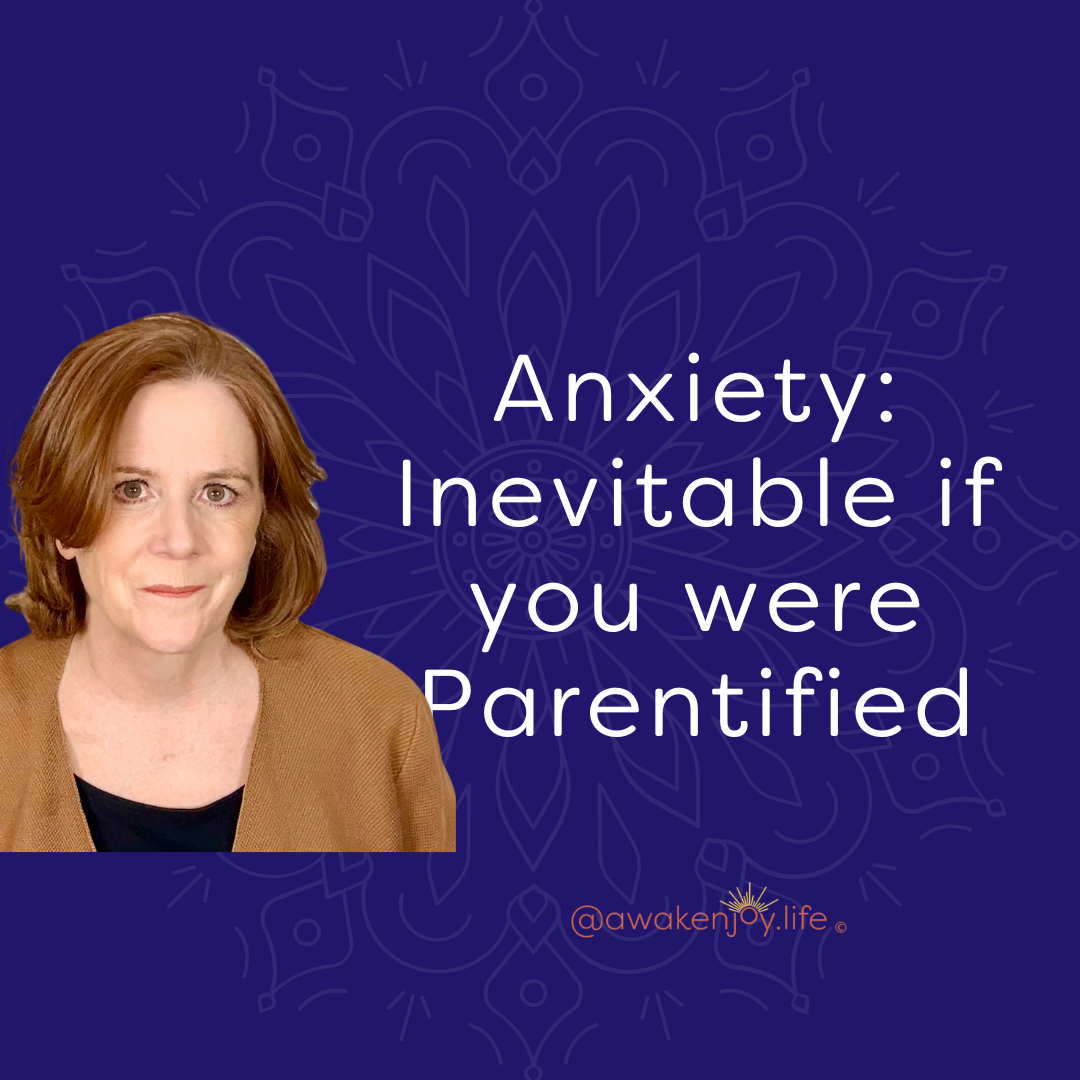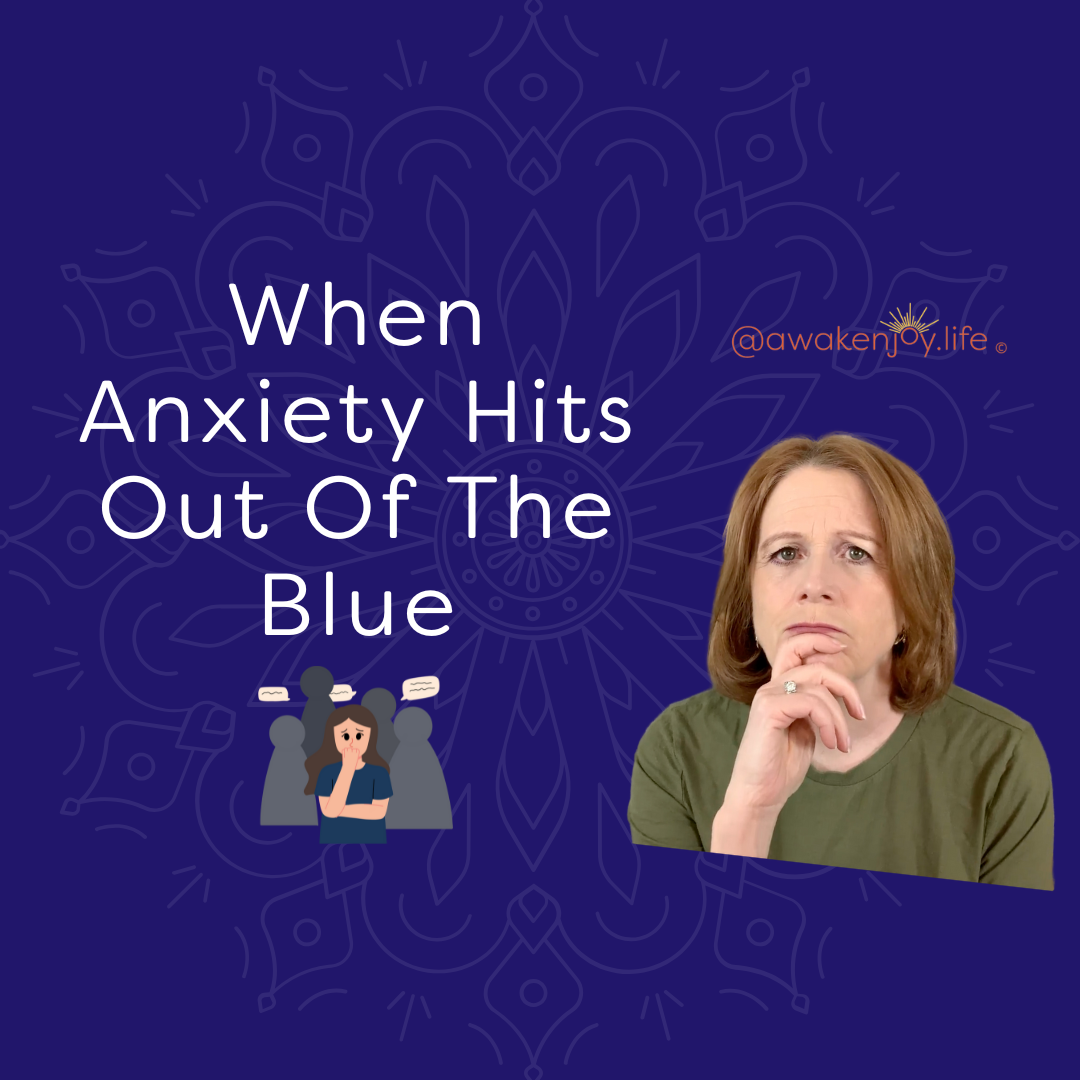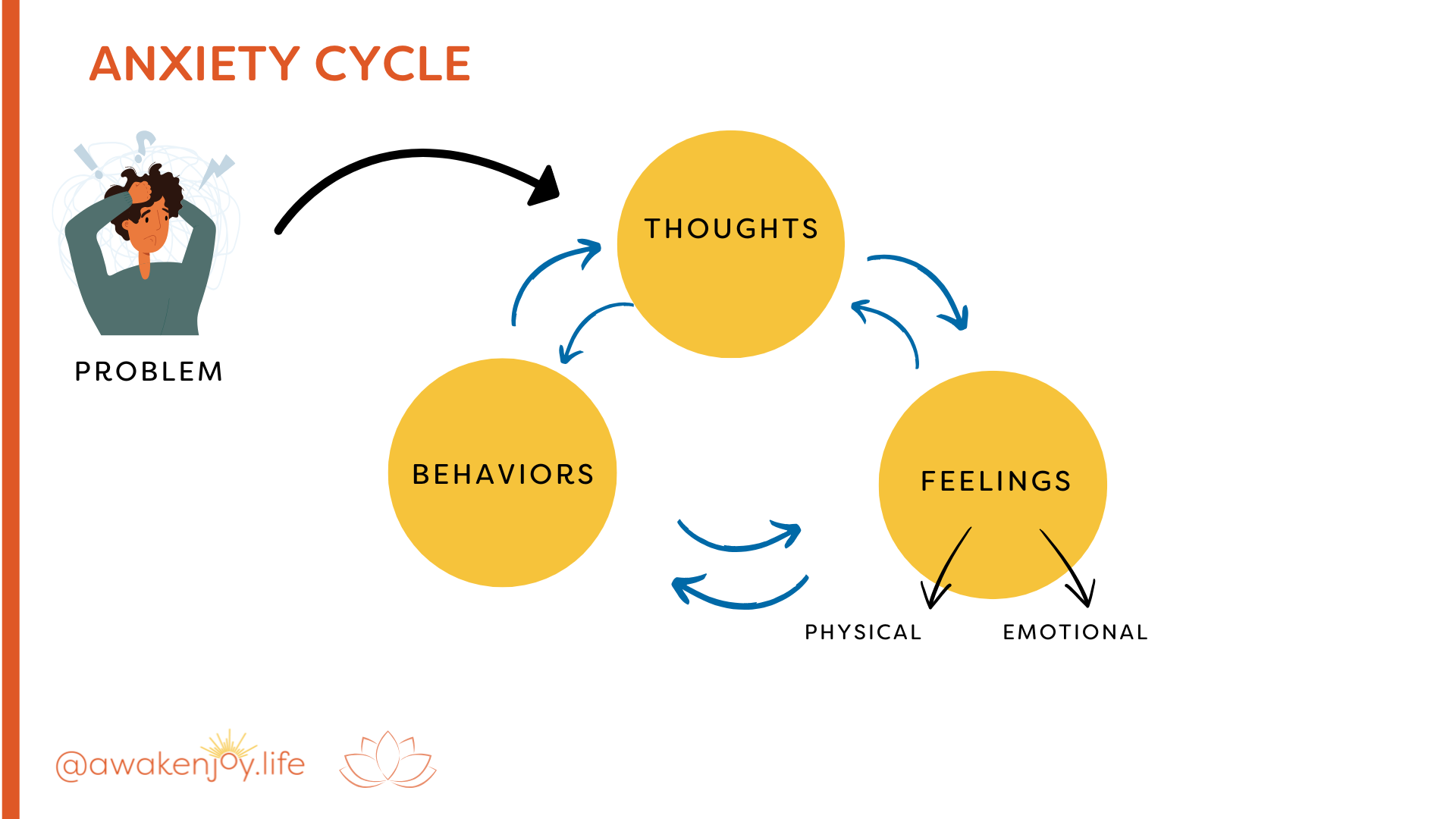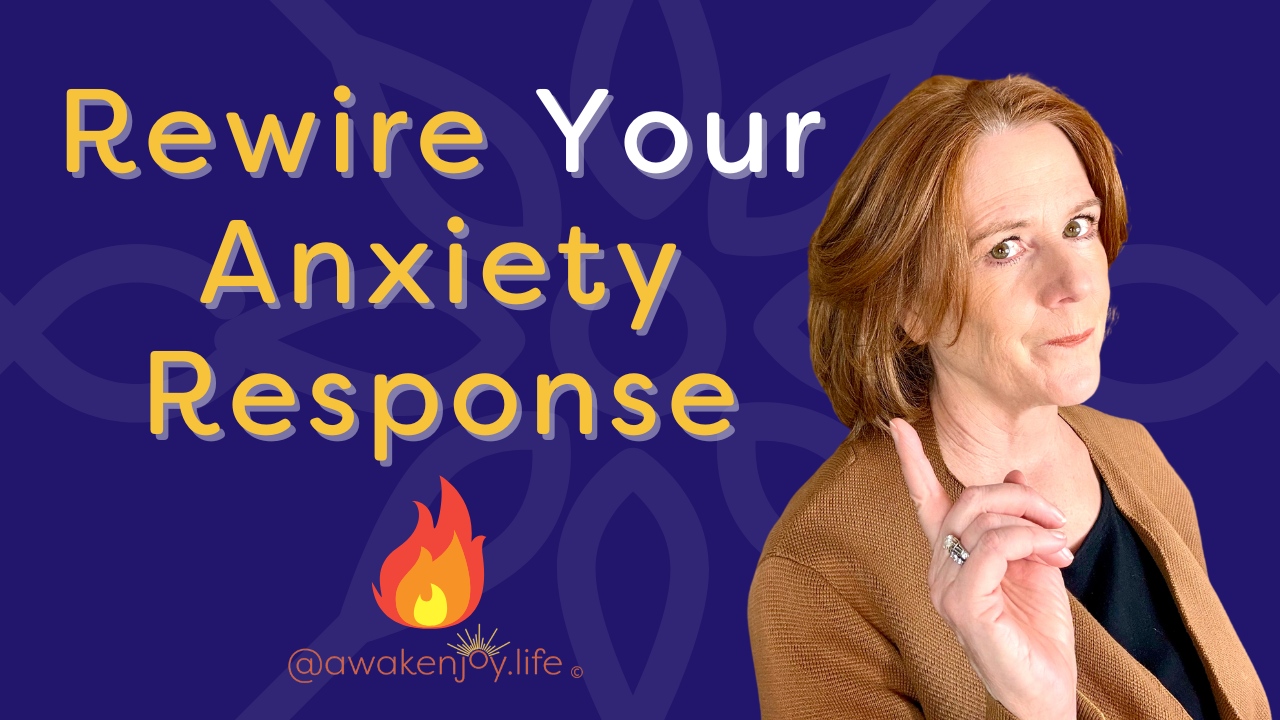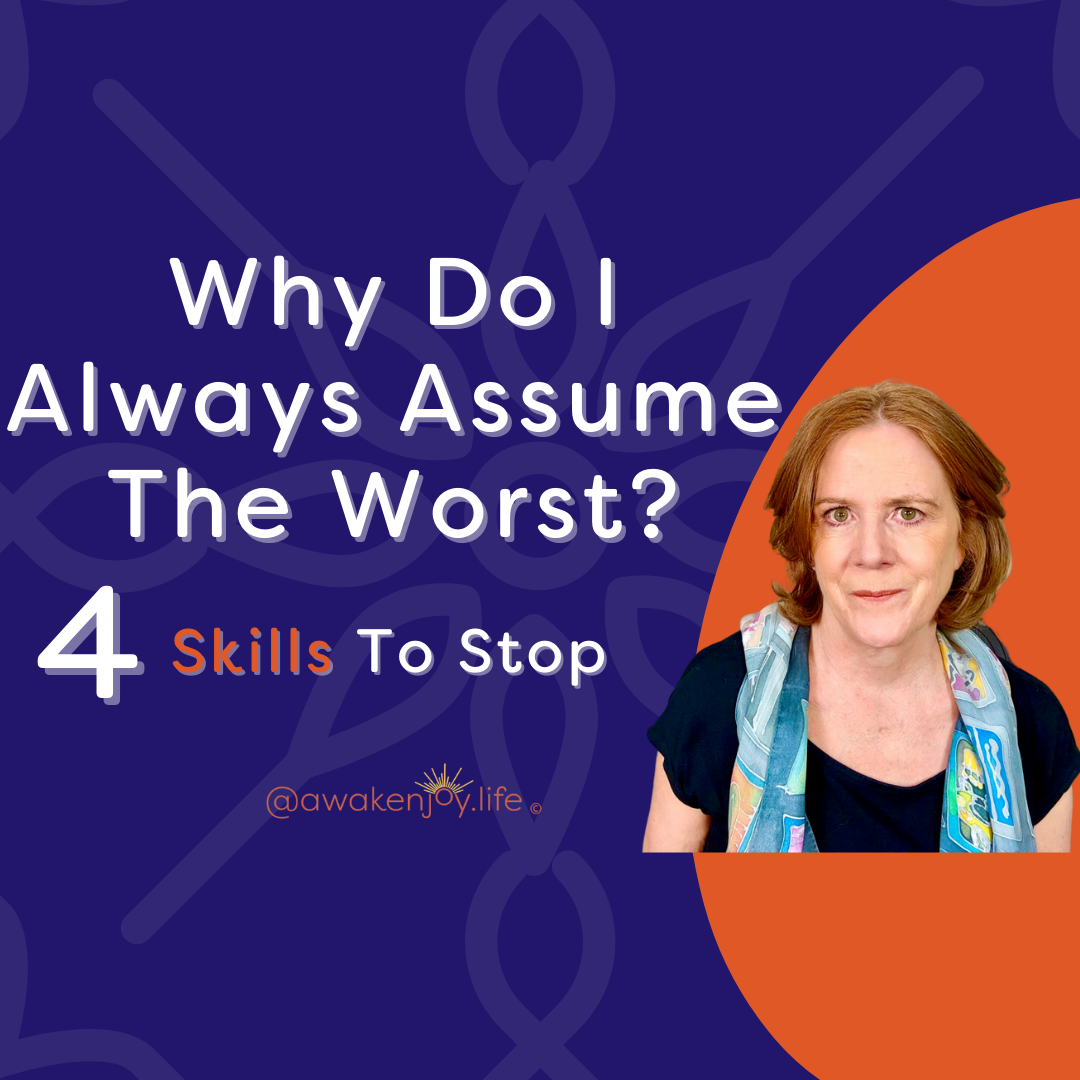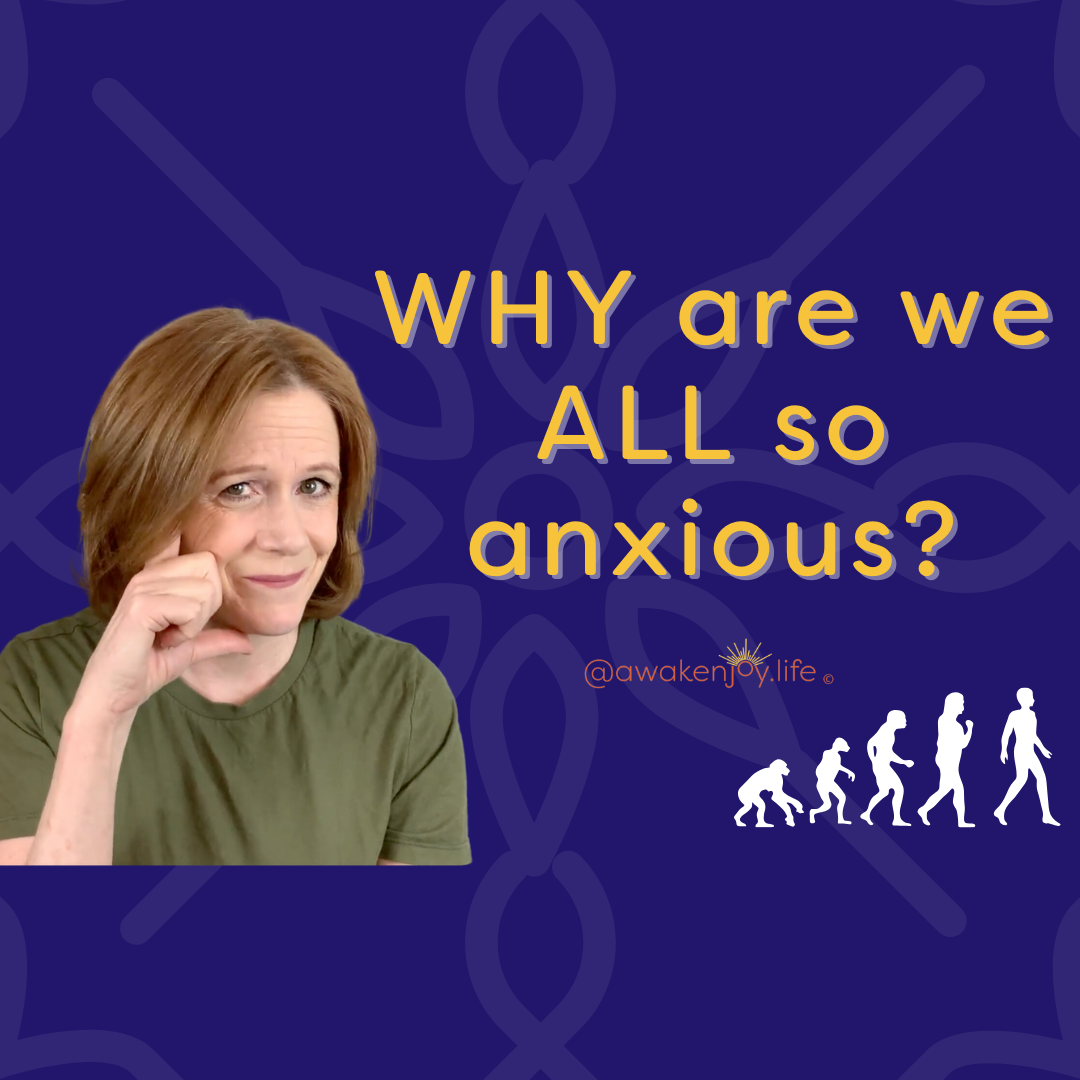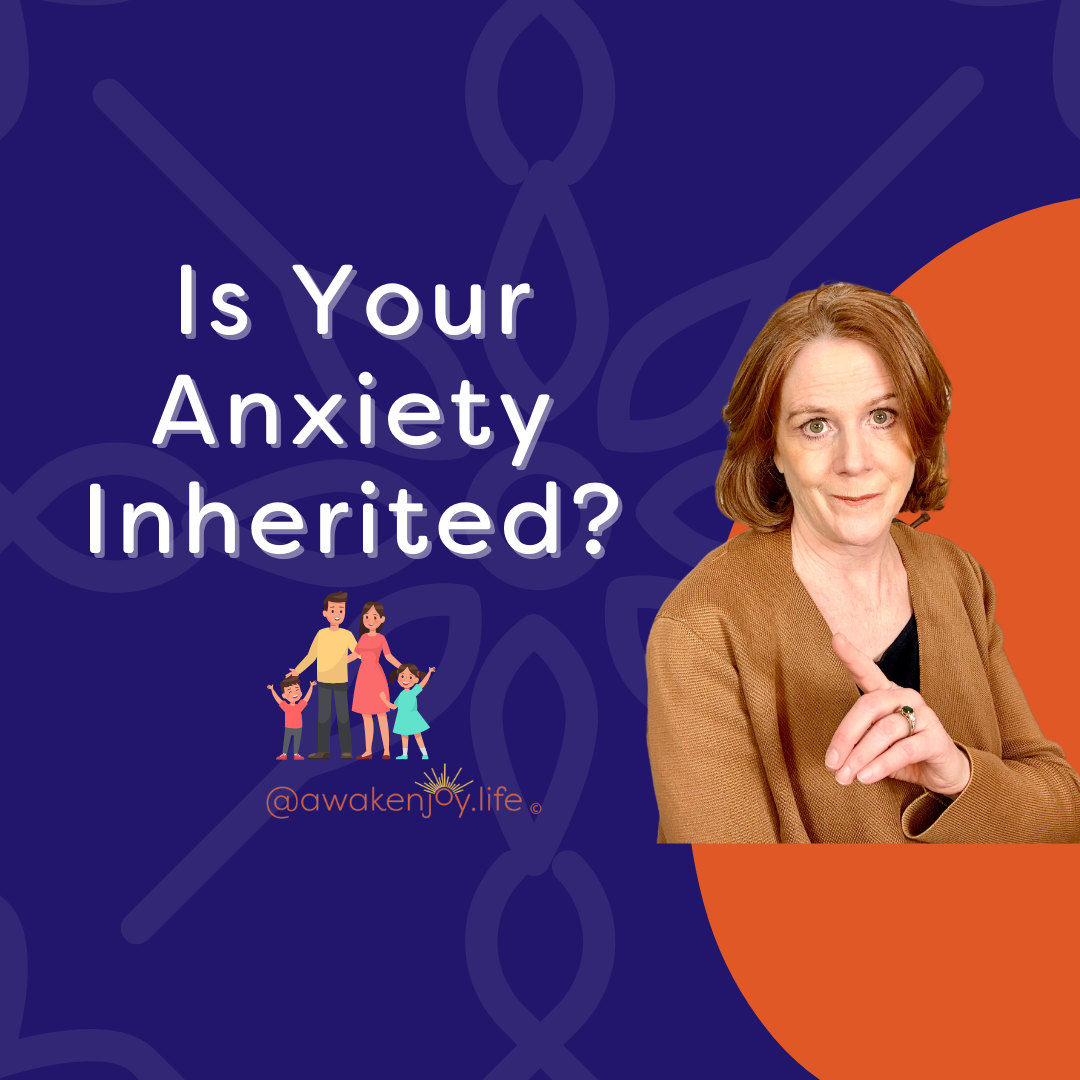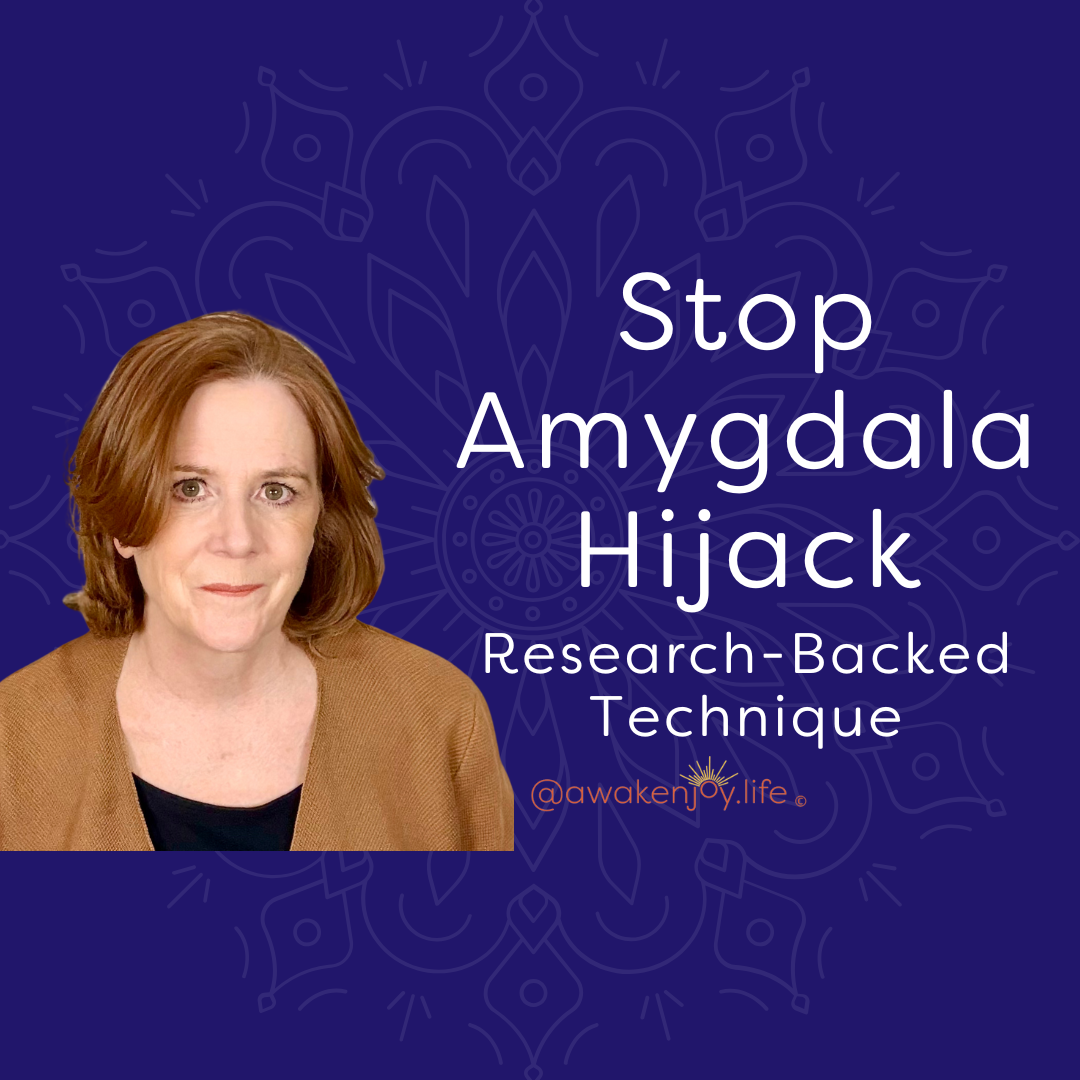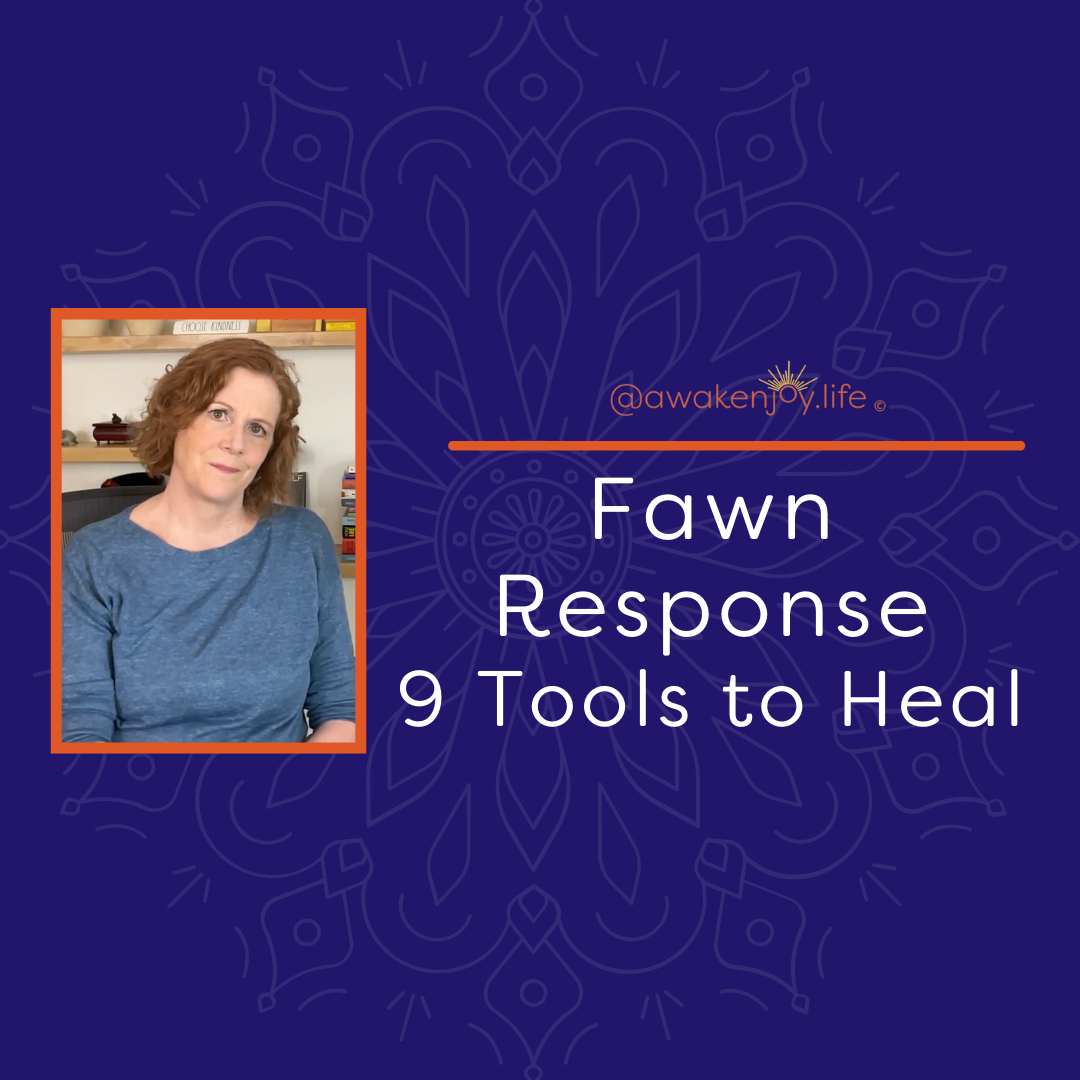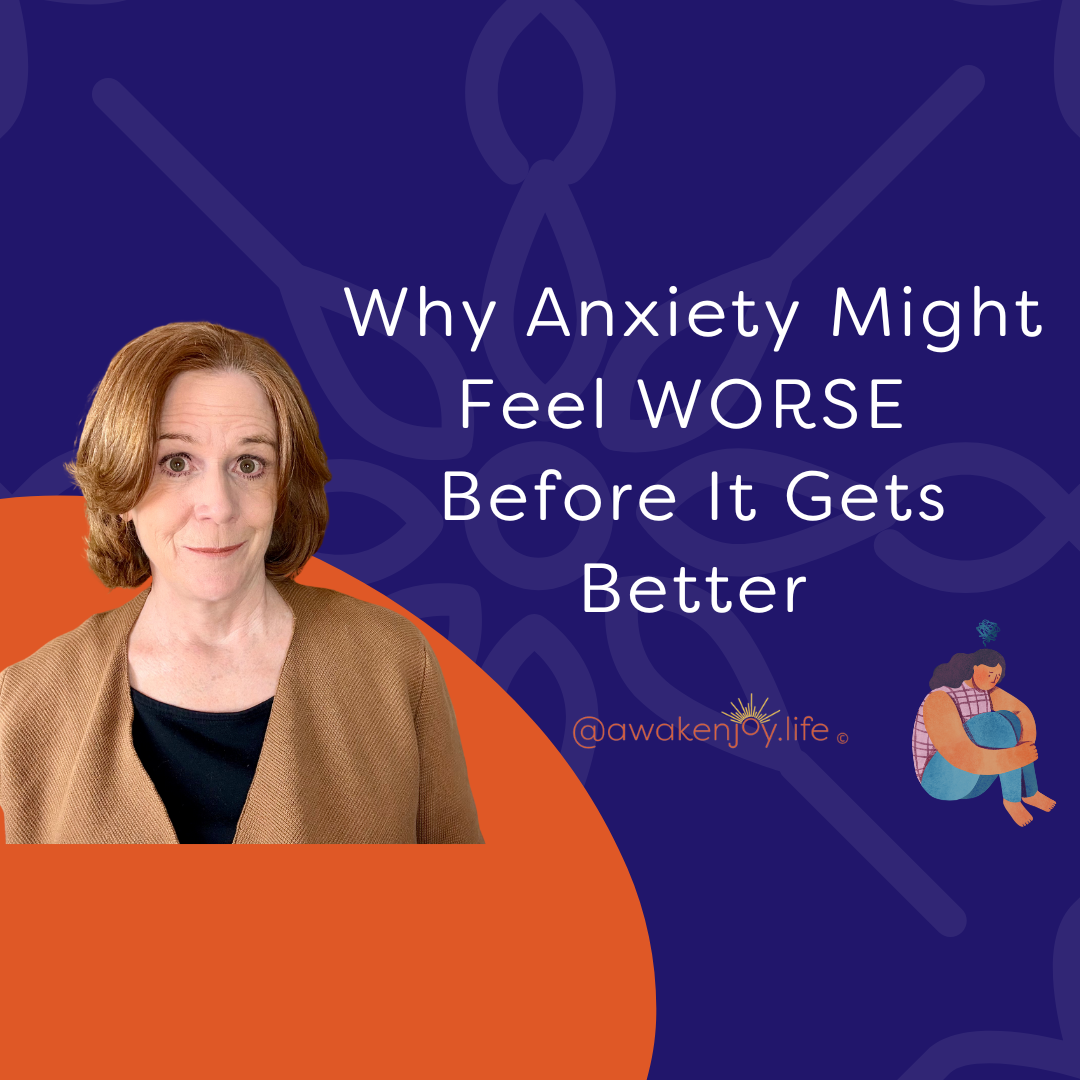7 Signs You Are In Chronic Freeze

Are You Stuck in a Chronic Freeze State?
Are you wondering if you're stuck in a chronic freeze state?
If you are, it can be a very painful place to be.
The good news is that you can recover from a chronic freeze mode, and recognizing it is the first step toward change.

The freeze state is one of our three protective survival mechanisms—fight, flight, and freeze. Each of these survival mechanisms can be helpful in some situations.
However, most of us develop a habitual stress response that we apply to the majority of stressful situations in our lives. We either fight, flee, or freeze much of the time.
And if we're fleeing, fighting, or freezing in a situation that doesn't require it, it can create significant problems.
Let's explore the seven key signs that might indicate you're experiencing a chronic freeze state:
#1. Your Mind Goes Blank During Conflict
One of the most common signs of a chronic freeze state is that your mind goes blank during conflict or very stressful situations. Just prior to the freeze, you might have all sorts of things you want to say but suddenly—boom!—your mind is just blank.
While this can happen to anyone occasionally in specific situations, it becomes problematic when it occurs frequently.
#2. Feeling Numb
Number two sign is that you frequently, if not always, feel numb.
People will say “I know I have feelings, but I don't feel them. I feel nothing most of the time.”
This numbness isn't just in your head—when we're in a freeze state, our bodies can flood us with internal opiates that literally numb us out. (I talk more about this in last week’s blog and video).
When this becomes chronic, you might feel like you're drifting through life, feeling nothing and connecting to nothing.
#3. Inability to Protect Yourself
This is one of the most concerning aspects of the freeze response, and it's important to understand its origins. Generally, the freeze response develops in situations where it's appropriate—when you're in physical danger but cannot fight back or flee. It's easy to imagine a child in this situation, where freezing is actually the most adaptive response available.
However, if this becomes your habitual response and stays with you through life when you're no longer powerless, it can create real problems.
#4. Feeling Like an Observer of Your Life
You might feel like you're watching life from the outside—observing your thoughts and feelings rather than experiencing them directly. This is called depersonalization, and while it can be its own diagnosis (Depersonalization-Derealization Disorder), it can also appear as a symptom of other mental health conditions.
Some people describe that they feel like a robot, just going through the motions. Or they feel so detached that they don't even have a sense of self.
#5. The World Feels Unreal
The fifth sign is that the outside world somehow feels unreal. You feel detached from it. It feels fuzzy, foggy.
You might experience it as if there's a wall separating you from the rest of existence and from other people, even those you love.
This intense detachment is derealization, and can be part of the Depersonalization-Derealization Disorder.
However, you don't need to have the disorder to sometimes get this feeling of derealization.
Understanding the Link Between Dissociation and Chronic Freeze
Before moving on to the final signs that you are in a chronic freeze state, it's important to talk about the concept of chronic freeze as a dissociative experience.
Dissociation is integral to the chronic freeze state.
If we go back to the freeze state being a survival mechanism, this makes a lot of sense. If in order to survive when you can't flee or fight back, you have to freeze. Animals will "play dead" in this situation, hoping the predator loses interest. In this state, you also have internal opiates numbing you out to the experience, which can be protective in severe danger.
So it is, in essence, a dissociative experience.
Again, it's when it becomes chronic or habitual, becomes your go-to mode in dealing with stressful events, that is when it becomes very problematic.
But...don't worry! There is hope to change this. There are ways to do it.
#6. Excessive Daydreaming
Sometimes called maladaptive daydreaming, this involves going into dream-like states during the day. The daydreams numb you out to reality.
While these daydreams can feel pleasant in the moment —they usually are not nightmares—, the aftermath involves frustration and disappointment. You "wake up" to find nothing has been accomplished and the daydream isn't real.
In working with people over twenty years, I found that the symptom of maladaptive daydreaming is more rare than the other signs and symptoms of the chronic freeze state. However, it is well linked to dissociation and chronic freeze.
#7. Paralyzed by Fear in Non-Threatening Situations
This final sign involves feeling totally frozen in situations that don't necessarily warrant such a. response.
While being paralyzed by fear might have been appropriate during past trauma or danger, experiencing this response during everyday stressful situations—like work presentations or relationship conflicts—can be incredibly disruptive.
I also want to note here that many people have nightmares where they're frozen in fear and they can't move. They feel the "tonic immobility" during a nightmare. That's different —it's not good, and I
really dislike those nightmares, but it is different than experiencing this during a stressful daytime event.
Important Clarifications About the Symptoms of a Chronic Freeze Response
Online, in both articles and YouTube videos, I often see certain symptoms attributed to chronic freeze which don't actually qualify as definitive signs.
These include:
- Procrastination
- Being unable to speak up for yourself
- Hiding at home and avoiding friends
- Thoughts being stuck in a loop
- Fawning behavior
While these behaviors might accompany a freeze response, they are often part of a flight response. They may also be behaviors encoded through stressful events which get strengthened over time.
They don't automatically indicate a chronic freeze state.
One reason I think it's important to differentiate these symptoms is that dissociation is a specific experience. The symptoms listed here in this section are quite common and could relate to many different anxiety disorders or compulsive behaviors. Healing from each of these will require slightly different tools and techniques.
Hope for Healing
So where do you go from here?
In last week's video and blog on the Freeze State, I provide three groundwork exercises and 3 practical tools to help you recover. (Click
here for the blog, and
here for the video).
Overall the tools focus on grounding exercises and mindfulness and strengthening your ability to align your brain and body
in the moment.
I also want to emphasize that because the chronic freeze response very frequently comes from chronic trauma, psychotherapy can really help. If you have the ability to access a therapist, particularly one that specializes in trauma,
While I don't do one-on-one therapy anymore, I do have online videos about:
- EMDR therapy (which I've found to be super effective for people with complex PTSD).
As humans, we're happiest when our thoughts, body, and reality are all aligned. While the journey might seem daunting, healing is possible. Remember, recognizing these patterns in yourself isn't a sign of weakness—it's the first step toward recovery and a more integrated, present way of living.
Take the time to heal. You absolutely can.
Blog Author: Barbara Heffernan, LCSW, MBA. Barbara is a licensed psychotherapist and specialist in anxiety, trauma, and healthy boundaries. She had a private practice in Connecticut for twenty years before starting her popular YouTube channel designed to help people around the world live a more joyful life. Barbara has a BA from Yale University, an MBA from Columbia University and an MSW from SCSU. More info on Barbara can be found on her bio page.
Share this with someone who can benefit from this blog!
